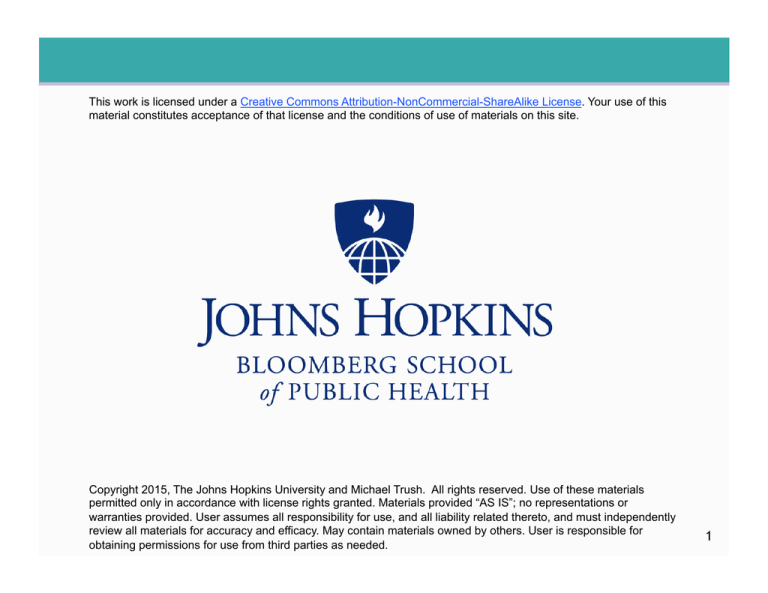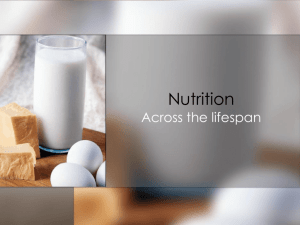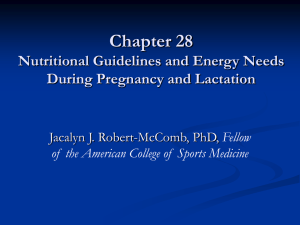
This work is licensed under a Creative Commons Attribution-NonCommercial-ShareAlike License. Your use of this
material constitutes acceptance of that license and the conditions of use of materials on this site.
Copyright 2015, The Johns Hopkins University and Michael Trush. All rights reserved. Use of these materials
permitted only in accordance with license rights granted. Materials provided “AS IS”; no representations or
warranties provided. User assumes all responsibility for use, and all liability related thereto, and must independently
review all materials for accuracy and efficacy. May contain materials owned by others. User is responsible for
obtaining permissions for use from third parties as needed.
1
Section B
Toxicokinetics and Predicting Risk Factors
The material in this video is subject to the copyright of the owners of the material and is being provided for educational purposes under
rules of fair use for registered students in this course only. No additional copies of the copyrighted work may be made or distributed.
Sources of Lead
! Paint
- Paint chips fall to the ground and children place them in their
mouths; incorrectly referred to as pica (Latin for magpie)
! Gasoline
- Fumes fall to the ground and children eat soil
3
Hand-to-Mouth
4
Other Sources of Lead
! Drinking water (pipes)
! Paint
! Toys
! Occupation
! Floor dust
5
Lead Toxicokinetics
6
Factors Affecting Toxicokinetics
! Calcium (Ca) decreases lead absorption
7
Milk Decreases Lead Absorption
8
Demands for Ca Increase in Pregnancy and Lactation
Great chance for Pb
transfer to fetus/
nursing child
! Schematic illustration contrasting calcium homeostasis in human pregnancy and
lactation, as compared to normal. The thickness of arrows indicates a relative
increase or decrease with respect to the normal and non-pregnant state. Although
not illustrated, the serum (total) calcium is decreased during pregnancy, while the
ionized calcium remains normal during both pregnancy and lactation.
Source: Retrieved from http://www.endotext.org/pregnancy/pregnancy3/pregnancy3.htm
9
Now the Problem ...
! Bone loss spills lead back into the blood
10
Iron Deficiency Increases Internal Lead Burden
MORE INTESTINAL
IRON TRANSPORT
MORE INTESTINAL
Pb
TRANSPORT
(if iron is not
available)
Cognitive. Anemia.
11
Pregnancy and Iron Absorption
Weeks of pregnancy
12
Pregnancy: A Risk Factor
! Mother’s nutritional status changes—increases amount of Pb
absorbed, even though external exposure has not changed
! Great demand for iron
! Bone remodeling causes dumping of Pb into the blood
13
Influences on the Transfer of Pb to the Fetus
Lead exposure pathway from mother to infant, using Mexico as an example
(adapted from Chuang et al. [60]).
14
Brain Development
! Brain development composed for several processes occurring at different lengths of
time after fertilization. Brain regions develop at different periods of fetal
development.
! Why rodents might not be the best model to study xenobiotics
15
In What Year Were Your Parents Born?
! Though students were raised with little Pb in their environment, exposure might have
nonetheless occurred
16
Risk Factors for Lead Poisoning
! Nutrition—calcium- and iron-poor diets
- Intestinal transport through iron and calcium transporters
- Pregnancy increases amount of Pb absorbed even though
external exposure has not changed
- Pb hides in the bone
! Age
! Genetic polymorphisms
- ALAD2 allele for the 2-2 or 1-2 isozyme phenotype had median
blood lead levels 9 to 11 micrograms/dL greater than similarly
exposed individuals who were homozygous for the ALAD1 allele
—possible binding
17





